1 of 40
Draft Evasion
The U.S. heightened its presence in Vietnam under President Lyndon Johnson, in spite of the fact that he stated that there was "no need" to escalate U.S. efforts in South Vietnam when running for president in 1964.
As a consequence, the Selective Service System began to call on military-age males to aid in the war effort — which many men and families actively resisted.
Pictured: Mark Satin (left) sits in on a call with American draft resisters, 1967. The political theorist moved to Canada at age 20 to avoid the war, where he helped found the Toronto Anti-Draft Program.Wikimedia Commons
2 of 40
Americans had always avoided the draft, but it reached new heights in the 1960s. In what some described as the “largest politically motivated migration from the U.S. since the United Empire Loyalists moved north to oppose the American Revolution,” as many as 125,000 military aged males moved to Canada in opposition to the war.
Pictured: A man burns his draft card, March 1970.Wikimedia Commons
3 of 40
Conscientious Objection
Others who did not wish to serve in the war on political or religious grounds would often apply for the status of conscientious objector.
One such individual was legendary boxer Muhammad Ali, who filed for conscientious objector status in 1967. When the Selective Service rejected his application, Ali refused to join the military and was thus stripped of his heavyweight title and sentenced to five years in prison.
Pictured: Muhammad Ali walks through the streets with members of the Black Panther Party, New York, New York, September 1970.Getty Images
4 of 40
Ali joined countless African-Americans who openly opposed the Vietnam War. As early as 1965, the Student Nonviolent Coordinating Committee produced a statement that unequivocally lambasted the war, and said that no African-American should “fight in Vietnam for the white man's freedom, until all the Negro people are free in Mississippi."
Still, thanks to the draft's implicit racial bias, African-Americans disproportionately served in Vietnam. This is largely because then-college students — the majority of whom were white men — could defer enlistment. As such, the burden of enlistment fell more on non-college educated men, particularly non college-educated black men. As a result, by 1967, 64 percent of all eligible African-American males had been drafted. Only 31 percent of eligible white men had. Flickr
5 of 40
Prominent civil rights leaders and activists would come out against the war as the decade wore on. In 1967, Martin Luther King Jr. told the Harlem Riverside Church congregation that:
“It would be very inconsistent for me to teach and preach nonviolence in this situation and then applaud violence when thousands of thousands of people, both adults and children, are being maimed and mutilated and many killed in this way.”
Fewer than two weeks later, King would lead a 125,000-person protest against the war.Getty Images
6 of 40
1967: The War Heats Up — Along With Public Opinion
According to a 1979 essay by political scientists Peter Sperlich and William Lunch, “1967 was the year of the hawk.” Indeed, most Americans preferred escalation — likely because they thought doing so would expedite the conflict's end. Meanwhile, preference for withdrawal fell.
Pictured: Counter protesters show their support for the war during an anti-Vietnam War demonstration in New York City, 1967. Harry Benson/Express/Hulton Archive/Getty Images
7 of 40
Still, the authors add that around this time resistance to the war also grew.
Archival Gallup opinion polls show that public sentiments began to change in mid 1966, when the percentage of those who said it was not a mistake to send troops to Vietnam fell from 69 percent to 49 percent. By May 1971, that percentage fell to 28 percent.
Pictured: A female demonstrator offers a flower to military police at the Pentagon, 1967.Wikimedia Commons
8 of 40
Man wears a Purple Heart medal during a Vietnam peach march, 1967.Wikimedia Commons
9 of 40
A Washington, D.C. policeman arrests a demonstrator during a May 6, 1971 protest against the Vietnam War. /AFP/AFP/Getty Images
10 of 40
U.S. Marshals frag away a Vietnam War protestor, Washington, D.C., 1967.Wikimedia Commons
11 of 40
Mounted policemen watch a Vietnam War protest in San Francisco, April 1967.Wikimedia Commons
12 of 40
Demonstrators at an April 1968 protest in Central Park. Approximately 60,000 people gathered that day, and were met with beatings and arrests due to the march's illegal nature.Mike Maginn
13 of 40
According to Mike Maginn, who attended the demonstration and shared his photos with ATI:
"I remember many cops, many people chanting and, of course, Pete Seeger singing from a makeshift stage. There was some rock throwing and shouting from what we called "hardhats", i.e., those who were pro-war, or more likely, anti-hippy.
Coretta King made her first public appearance there after Martin [Luther King]'s death earlier in the month."Mike Maginn
14 of 40
A child attends the New York demonstration.Mike Maginn
15 of 40
A man in partial military uniform looks on during the demonstration.Mike Maginn
16 of 40
A huge crowd of partially clad protestors wade in the Reflecting Pool on the Mall facing the Washington Monument, May 9, 1970. David Fenton/Getty Images
17 of 40
Anti-war demonstrators in Wichita, Kansas, 1967.U.S. National Archives
18 of 40
Anti-war demonstrators carry a coffin to protest against the continuing war in Vietnam. November 19, 1969. -/AFP/Getty Images
19 of 40
A Global Resistance
Opposition to the Vietnam War was not limited to the United States. Throughout the world, people demonstrated their resistance to the war, and in some cases offered their solidarity with the Vietnamese.
Pictured: Demonstrators against the Vietnam War display banners in a Paris street, 1967.AFP/AFP/Getty Images
20 of 40
Musicians Cornelis Vreeswijk, Fred Åkerström, and Gösta Cervin participate in an anti-Vietnam war march in Stockholm, Sweden, 1965.Wikimedia Commons
21 of 40
Demonstrators in Havana, Cuba, May 1971.Keystone-FranceGamma-Rapho via Getty Images
22 of 40
In China, demonstrators call for the United States to stay out of Vietnam, 1965.Flickr
23 of 40
Burning Monks
As a protest against the Ngo Dinh Diem government's anti-Buddhist policies, a young Buddhist monk performs a ritual suicide, by self immolation, in the central market square of Saigon.
Americans engaged in self-immolation as well. In 1965, Baltimore Quaker Norman Morrison would light himself on fire below Secretary of Defense Robert McNamara's Pentagon office.Wikimedia
24 of 40
A Party Ablaze: The 1968 Democratic National Convention
Tensions came to a head in 1968, as that year’s surprise Tet Offensive made clear that U.S. victory in Vietnam was far from assured. In August, a belligerent and beleaguered Democratic Party, American liberals, and leftists congregated in Chicago for the Democratic National Convention, where things turned violent quickly.
Inside the convention center, protestors from all walks of life hurled insults at delegates and party leaders. Outside, demonstrators got into extended snarls with police officers, who used tear gas and clubs to control the unrest.
Pictured: Demonstrators clash with police in Grant Park, 1968.Bettmann/Contributor via Getty Images
25 of 40
Politically speaking, the convention lay bare painful divisions within the Democratic Party, and largely annihilated its chances at winning that year’s presidential election.
Pictured: A photographer bleeding from a head wound given to him by police during the riots in Grant Park outside the 1968 Democratic National Convention gives the peace sign.Agence France Presse/Getty Images
26 of 40
Pictured: Illinois delegates at the 1968 Democratic National Convention react to Senator Abraham Ribicoff's speech, in which he criticized the Chicago police's violent response to anti-Vietnam war protestors. Warren K. Leffler/Library of Congress
27 of 40
Between April 23 and 30, New York's Columbia University descended into civil war over issues related to both the Vietnam War and civil rights.
For eight days, two different protest groups — one rebelling against Columbia's plans for a segregated gym and its encroachment into Harlem, the other against Columbia's recently revealed connections to a Department of Defense-affiliated weapons think tank — battled with both student counter-protestors and the police, who eventually moved in with tear gas to put an end to this round of demonstrations.Bettmann/Contributor via Getty Images
28 of 40
Musical Disruption
Music became a popular way to articulate and propagate resistance to the war. Throughout the '60s, acts such as Jefferson Airplane, Jimi Hendrix, Bob Dylan, and Joan Baez — among many others — took to verse and radio to broadcast their objections to the Vietnam War.
Pictured: Joan Baez and Bob Dylan.Wikimedia Commons
29 of 40
Actors also used their popularity to call for an end to the war. One such actor was Jane Fonda, who can be seen visiting a Hanoi site bombed by US airplanes in July 1972.AFP/Getty Images
30 of 40
Yoko Ono and John Lennon were also outspoken critics of the war. In 1969, the couple held a two-week “bed in” as an experimental form of nonviolent resistance (pictured).
That same year, the couple sent acorns to global leaders with the hope that they would plant them in the name of peace.Wikimedia Commons
31 of 40
In 1969, this form of opposition produced its most recognizable symbol: Woodstock. Over the course of four days, approximately 400,000 people would flock to a New York State dairy farm in a call for "peace and love."
It was here that Jimi Hendrix would perform his distortion and whammy bar-heavy version of "The Star-Spangled Banner."
Pictured: Opening ceremony at Woodstock, August 1969.Wikimedia Commons
32 of 40
A Conservative Counter-Protest
No matter how much the anti-war movement grew — and in some ways, perhaps because it grew so much — counter-demonstrators persisted.
Initially, conservatives viewed the Vietnam War as part of the U.S.’ general Cold War containment policy, and thus supported it as a matter of principle. Over time, some historians say that conservatives would support the war because doing so separated them from hippies, whom pro-war conservatives viewed as traitors, “anti-patriots,” and communists.
Pictured: Demonstrators from both sides stand on the sidelines of an anti-Vietnam War march in New York on April 27.Harvey L. Silver/Corbis via Getty Images
33 of 40
Historians would also argue that the Vietnam War served as a defining — if not redefining — moment in the history of U.S. party politics. At the time, there was perhaps no bigger player in sculpting modern conservatism than William F. Buckley, who in a 1968 column advocated the use of nuclear bombs in Vietnam. In 1969, President Richard Nixon nearly heeded that recommendation.
Pictured: William F. Buckley in Vietnam, 1969.Stars and Stripes
34 of 40
Kent State Massacre
Tragedy struck again at a domestic level in May 1970. Early that month, Kent State University students congregated to protest President Nixon’s recent expansion of the Vietnam War into Cambodia. The protests brought thousands of people to the Ohio university campus, as well as the National Guard.
After days of demonstrations, dozens of National Guard members would open fire on demonstrators, killing four students and wounding nine.
In court, guard members said they shot out of fear for their lives. Of the four students killed that day, the closest stood 225 feet away from the guards. Two were walking to class.Wikimedia
35 of 40
Students Strike
In response to the Kent State shootings, students around the country participated in a nationwide campus protest. According to a National Student Association spokesman, students from more than 300 campuses boycotted classes in early May 1970.
In California, demonstrations grew so raucous that then-governor Ronald Reagan shut down the entire California university system for a week.
Pictured: An anti-war demonstrator at the University of California, Berkeley throws a tear gas canister at police.Bettmann/Contributor via Getty Images
36 of 40
The Pentagon Papers Leak
In 1971, The New York Times published the Pentagon Papers, a damning series of documents that revealed how U.S. presidents from Truman on had systematically, knowingly lied to Congress and the people about the state of affairs in Vietnam.
Daniel Ellsberg, a RAND Corporation researcher, had uncovered the documents in 1969, copied them, and offered the papers to the Times. Upon their leaking, Ellsberg was charged with conspiracy, espionage, and theft of government property.
Pictured: Ellsberg, left, testifies as leadoff witness at second day of the three-day conference sponsored by 17 antiwar congressmen, all Democrats.Bettmann/Contributor via Getty Images
37 of 40
Veterans Demand Withdrawal
In April 1971, John Kerry — then a representative of the Vietnam Veterans Against the War — would make history in the Fulbright Hearings. Testifying before Congress, Kerry called for the immediate and unilateral withdrawal from Vietnam.
It was here where Kerry made one of the most biting remarks about the Vietnam War: “How do you ask a man to be the last man to die in Vietnam? How do you ask a man to be the last man to die for a mistake?”
Pictured: John Kerry talks at a press conference in Washington, D.C.Getty Images
38 of 40
Impeach Nixon
Following the Kent State shootings, Nixon's extension of the war into Cambodia, and the leaked Pentagon Papers, even if Richard Nixon hadn't been mired in the Watergate scandal, he still likely would have faced an unsuccessful presidency.
By the time that news broke that Nixon had authorized (and attempted to cover-up) the break-in of the Democratic National Committee Headquarters, Nixon's approval rating dropped to a historic low of 24 percent. He would resign in August of 1974.
Pictured: A protester in Chicago, 1973. Robert Natkin/Getty Images
39 of 40
A Bitter Ending
Less than a year later and with no chance of victory in sight, President Gerald Ford announced that the Vietnam War had ended.
In total, the Congressional Research Service estimates that the U.S. spent over $700 billion on the Vietnam War, making it the second costliest war of the 20th century.
The Vietnam War would kill nearly 60,000 Americans, wound more than 150,000 Americans, and leave more than 23,000 U.S. soldiers permanently disabled. Anywhere from 70,000 to 300,000 Vietnam veterans committed suicide upon their return.Wikimedia Commons
40 of 40
Like this gallery?
Share it:
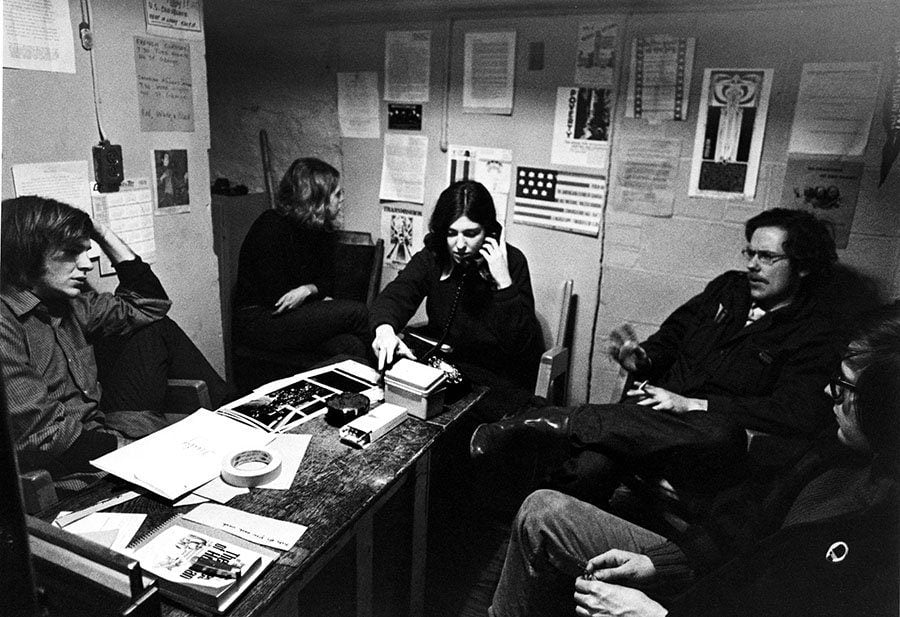
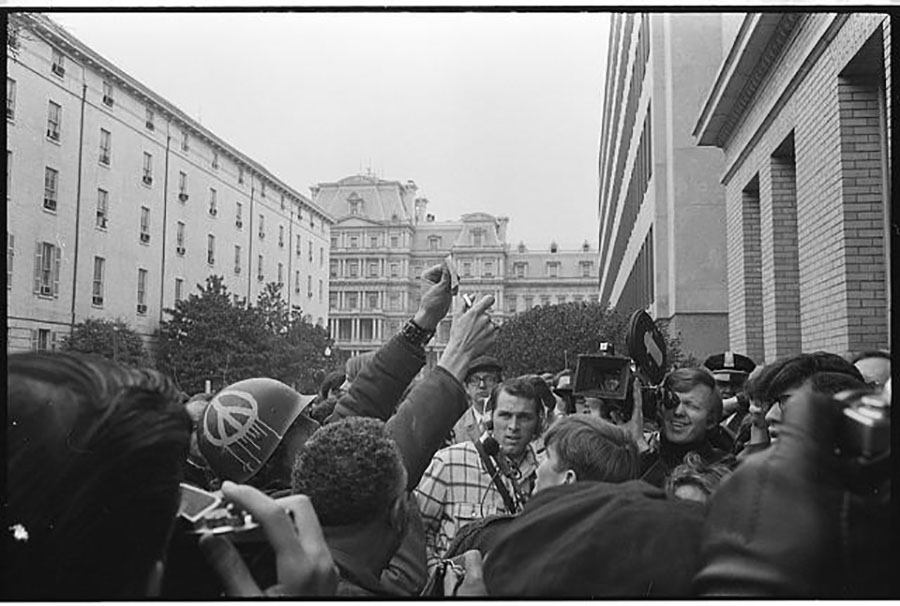
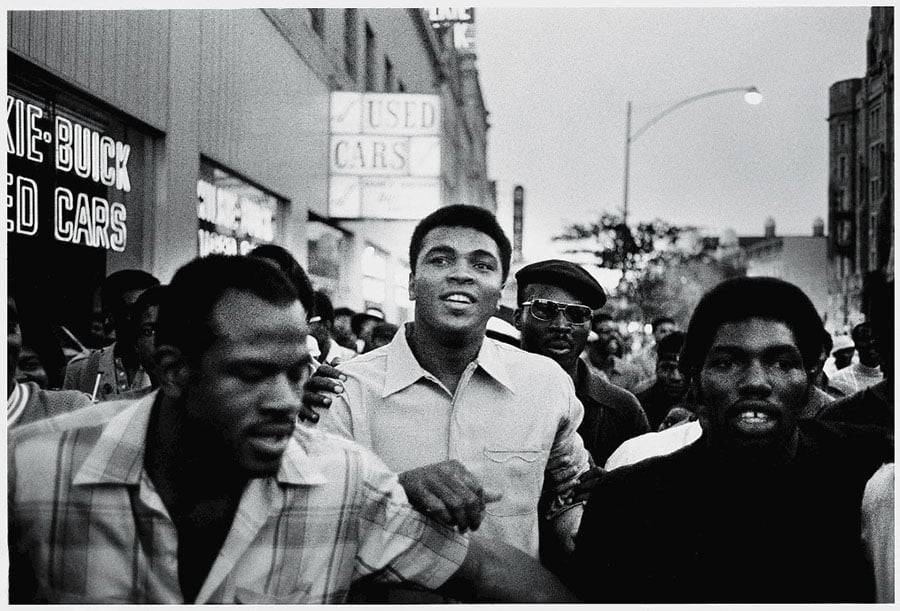
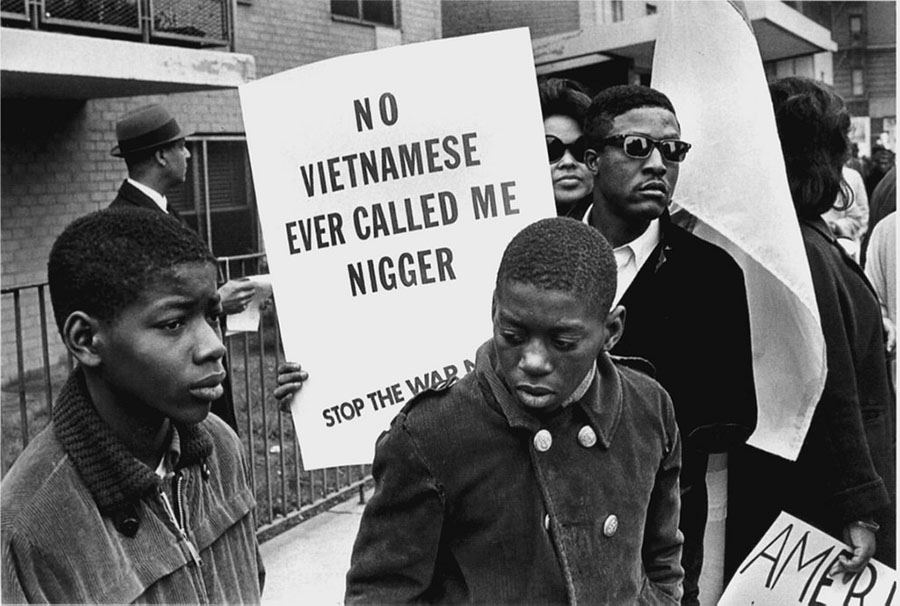

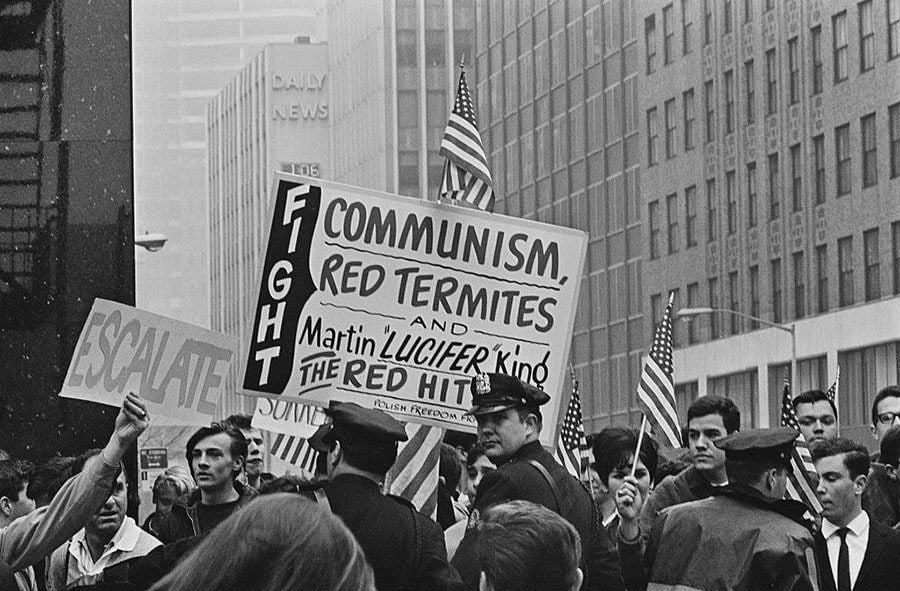
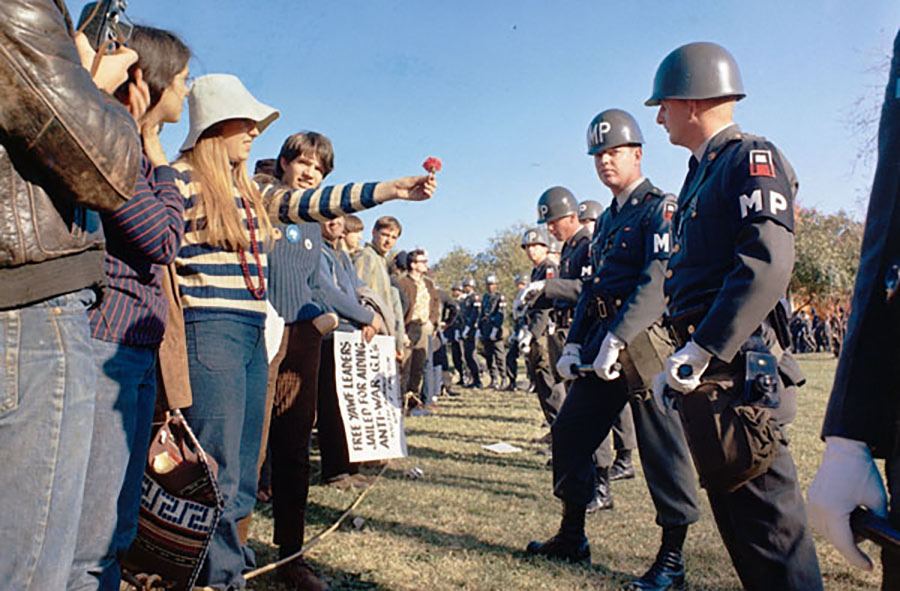
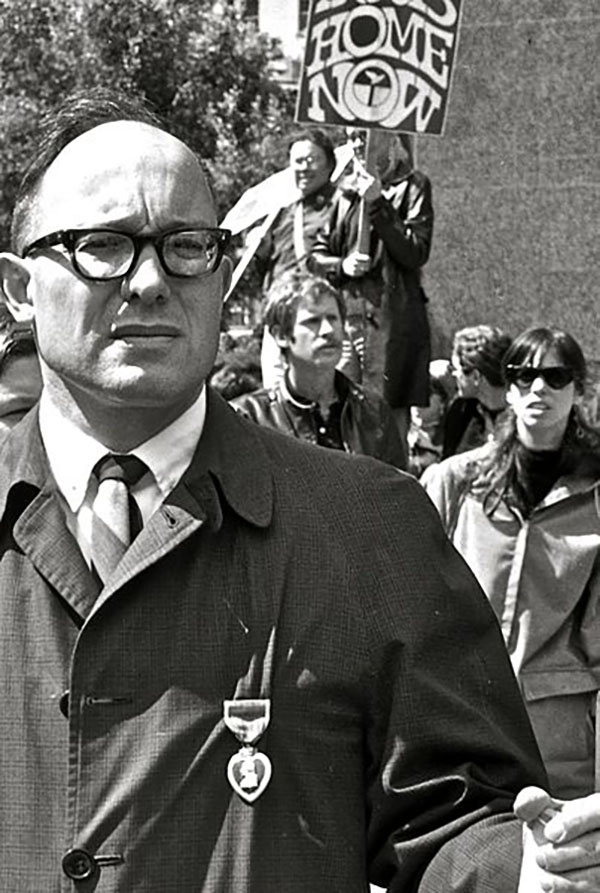

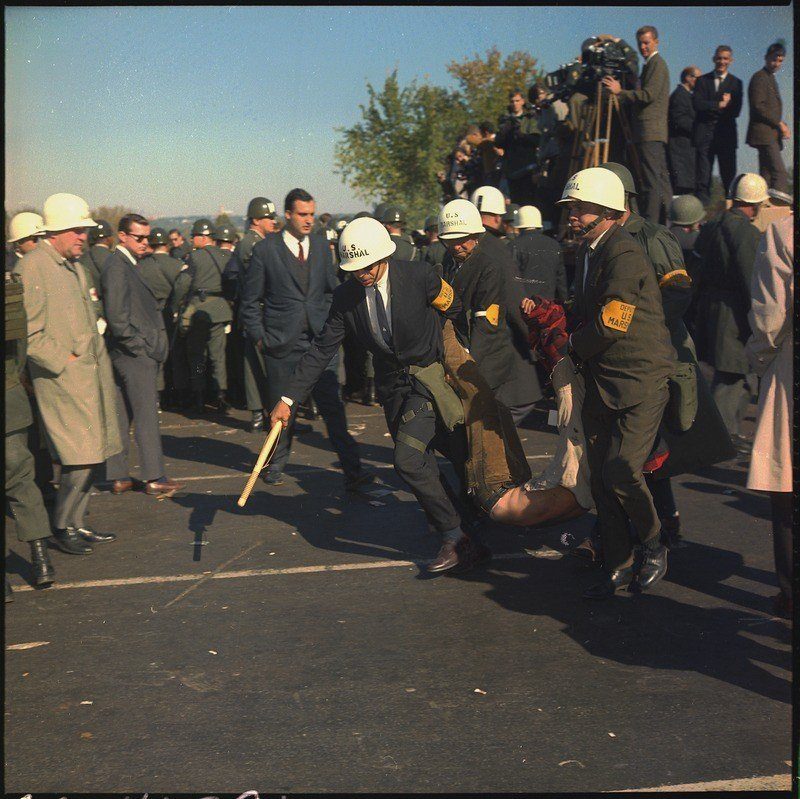


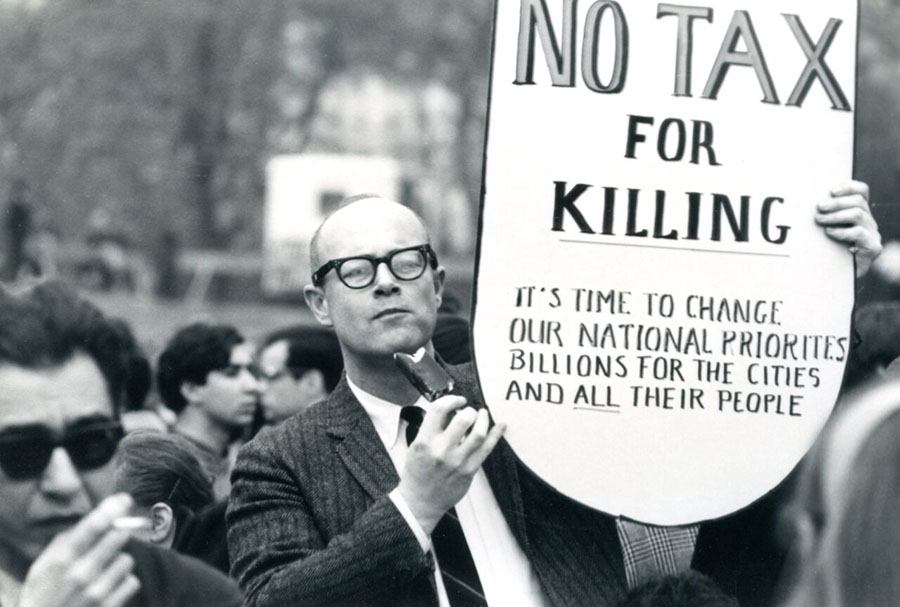





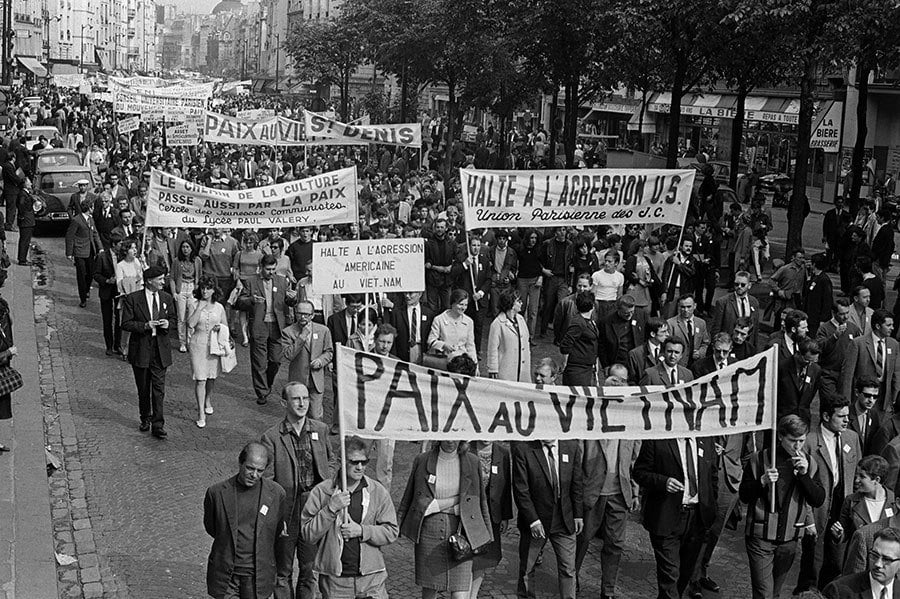
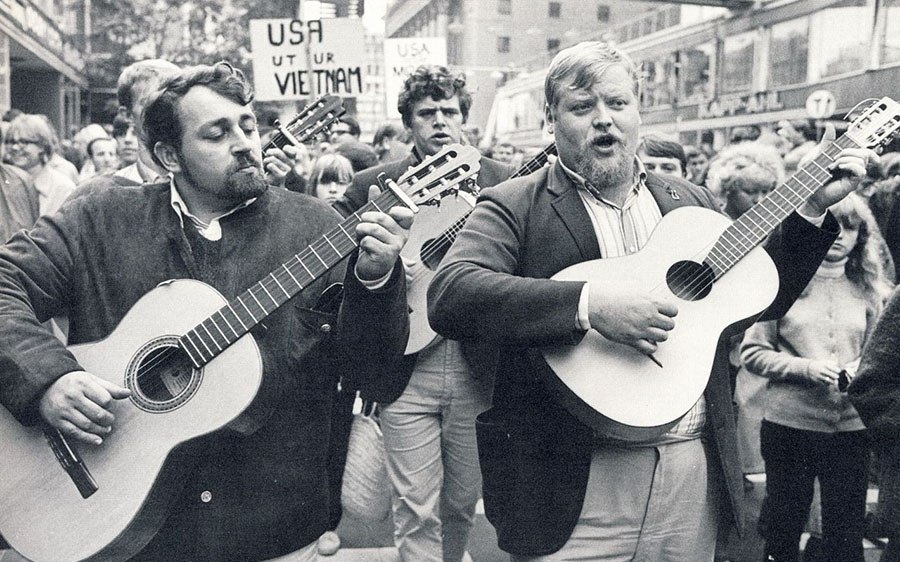











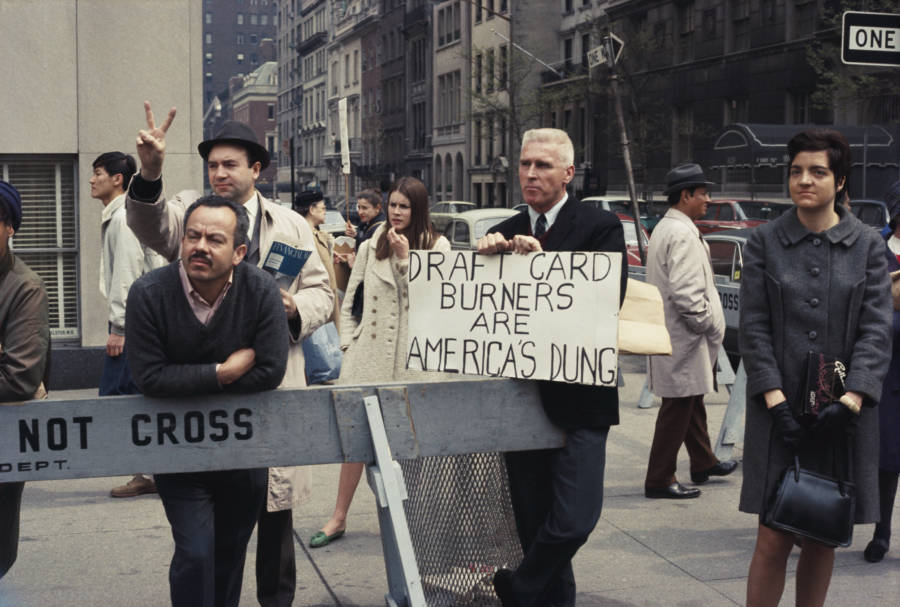

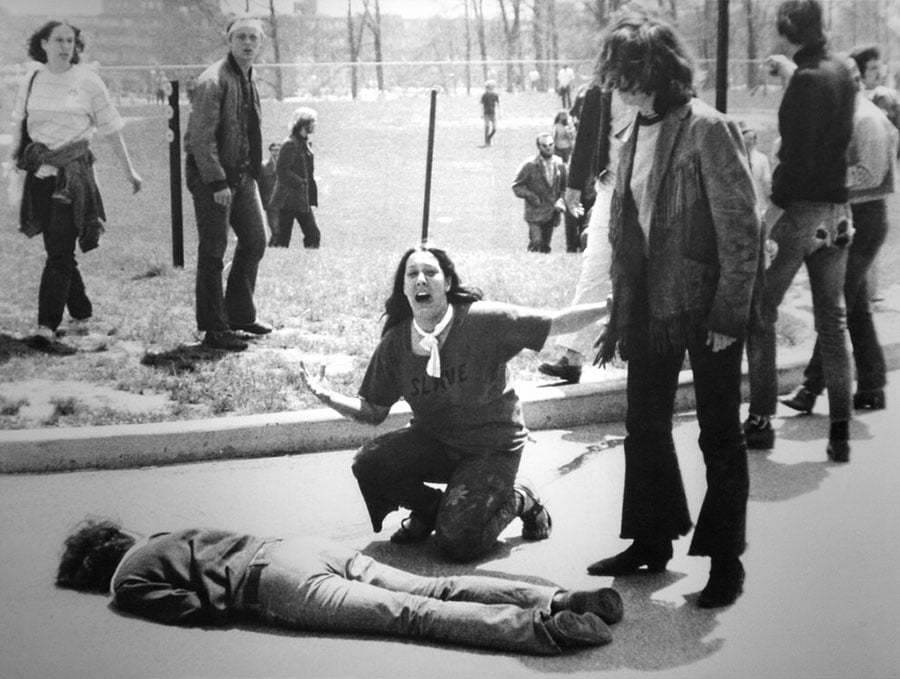






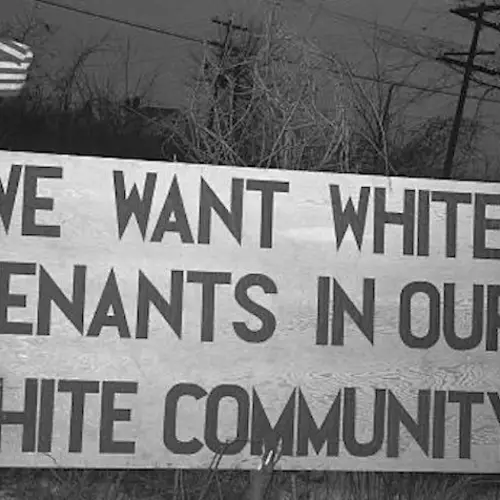
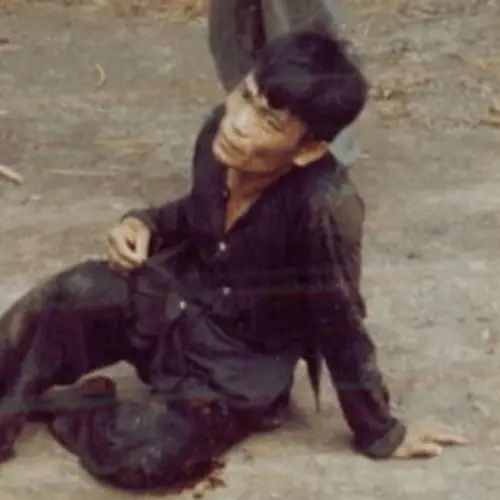
![What Anti-Immigrant Hysteria Looked Like 100 Years Ago [24 PHOTOS]](https://allthatsinteresting.com/thumb/500.500.https://allthatsinteresting.com/wordpress/wp-content/uploads/2017/10/og-image-john-meits.jpg)








